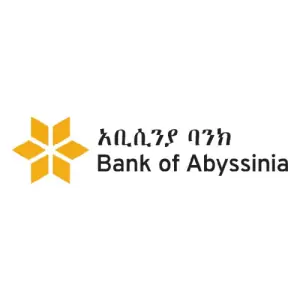Reports are coming in from the Amhara region of Ethiopia showing clashes between Amhara Fano fighters and local armed Oromo farmers. The Amhara Oromo conflict in Ethiopia has reached a critical juncture, marked by escalating tensions and increased violence between the two ethnic groups. This section delves into the recent surge in hostilities, exploring the root causes, recent developments, and implications of the conflict’s intensification.
Root Causes
The conflict between the Amhara and Oromo ethnic groups has deep historical roots, stemming from long-standing grievances over land, resources, and political representation. Moreover, after TPLF’s departure from Addis Ababa, the two groups saw an opportunity to dominate the political arena. Amhara groups accuses Oromo ruling elite of working to expand Oromo influence in Ethiopia. While Oromo groups allege that Amhara groups want to annex territories from neighbouring regional states.
Recent Escalation
The ongoing fighting between Amhara Fano fighetrs and Oromo farmers is spreading across Oromia Special Zone of Amhara region, parts of North Shewa zone of Amhara and North Shewa zone of Oromia region. This week witnessed heavy fighting between Fano fighters and local Oromos in Jilee Dhumuga woreda of Oromia special zone and parts of North Shewa zone of the Amhara region which share border with Oromia special zone.Local Oromo farmers accuse Fano fighters of attacking Oromo civilians while Fano fighters accuse Oromo Liberation Army of backing Oromo locals.
Reportedly dozens have been injured and killed in the ongoing violence in Jilee Dhumuga Oromia Special Zone. Most of them are Oromos.
Humanitarian Crisis
The escalation of violence has precipitated a humanitarian crisis, with civilians bearing the brunt of the conflict’s toll. Displaced populations, disrupted livelihoods, and inadequate access to essential services have exacerbated the suffering of vulnerable communities. The closure of transportation routes and restrictions on humanitarian access have further compounded the crisis, leaving many without access to necessities. The Oromo farmers injured in this week’s clashes in Oromia Special Zone had to be transported to hospitals through Afar region as main road from Dessie to Debre Berhan has been closed for around three weeks.
Regional Implications
The Amhara-Oromo conflict has broader regional implications, threatening Ethiopia’s internal cohesion and stability. Moreover, the spillover effects could destabilize neighboring countries and exacerbate regional insecurity. Additionally, international actors, including neighboring states and global powers, are vested in preventing the escalation of the conflict and promoting peaceful resolution.
Call for Peaceful Resolution
Amidst the escalating violence and humanitarian crisis, there is an urgent need for dialogue, reconciliation, and inclusive governance. Moreover, sustainable peace can only be achieved through genuine efforts to address the root causes of the conflict, promote equitable development, and respect the rights and aspirations of all Ethiopian citizens. International mediation and diplomatic engagement can facilitate a peaceful resolution and prevent further bloodshed.
Conclusion
The escalation of the Amhara-Oromo conflict represents a significant challenge to Ethiopia’s stability and unity. Moreover, addressing the underlying grievances and fostering inclusive political processes are essential to building a more resilient and cohesive society. Additionally, as Ethiopia navigates this turbulent period, pursuing peace, justice, and reconciliation must remain paramount in shaping the country’s future trajectory.
More Stories










More Stories
Drivers Demand Action Amid Fuel Shortages in Ethiopia
New Fuel Price in Ethiopia
Ethiopian Airlines Opens 20,000 Job Positions Across Ethiopia